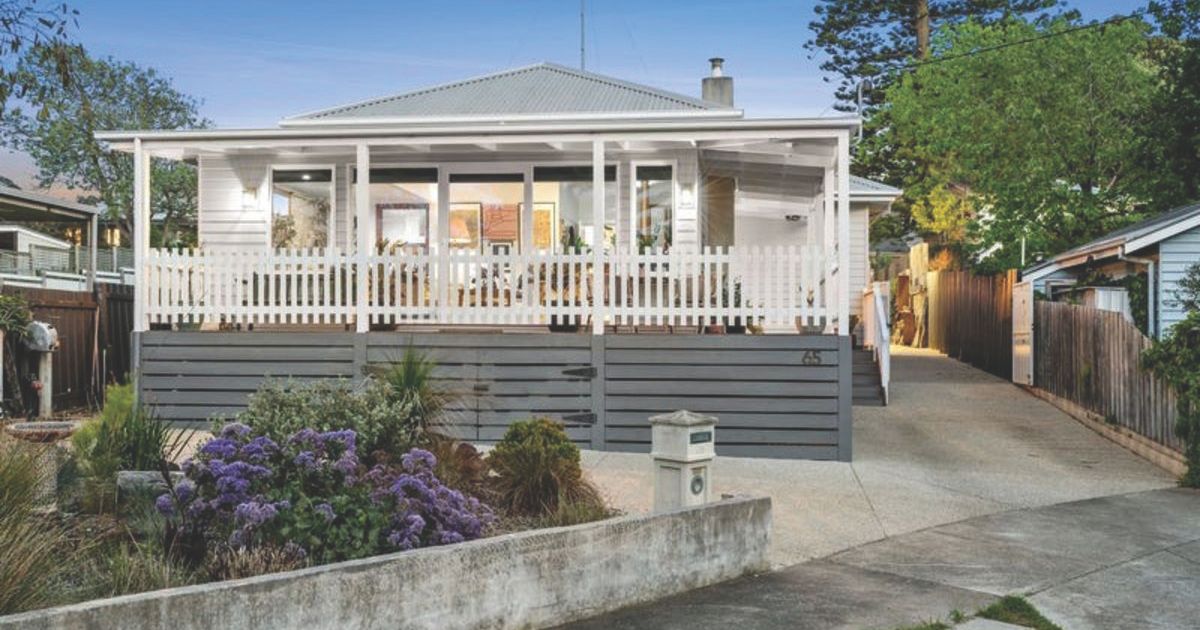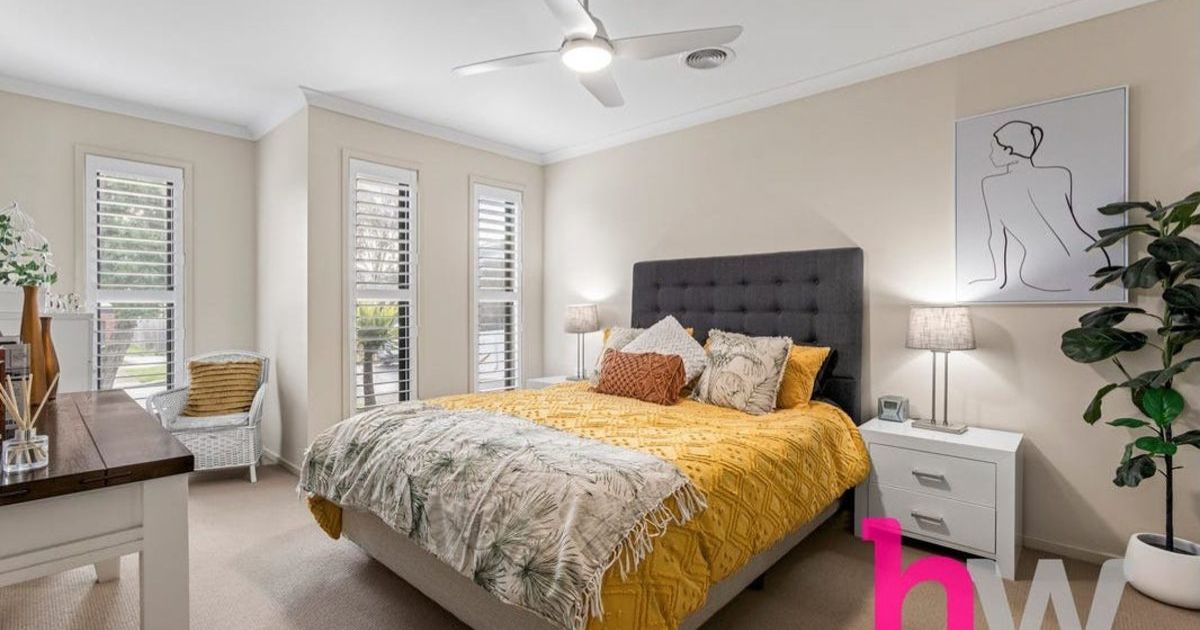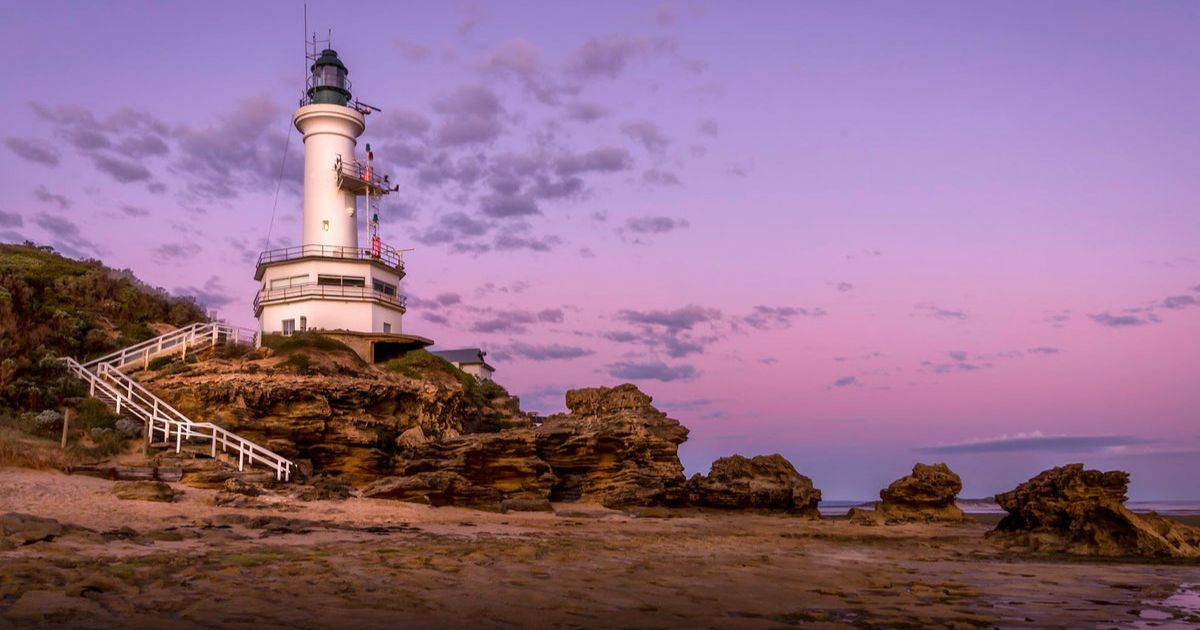Town snapshot – Queenscliff

As Queenscliff property owners hold tight, the last recorded sale was this five-bedroom home transacted in August last year for $2,025,000.
THE size of Queenscliff is about 3.3sqkm and has eight parks covering nearly 15.4 per cent of total area.
The population of Queenscliff in 2016 was 1,328 and by the 2021 Census the population was recorded at 1,516 showing a population increase of 15% in the area during that time.
Queenscliff is a beautiful coastal settlement steeped in history with any magnificent buildings and structures that tell a tale of yesteryear.
The entrenched locals are very protective of their independence and have staunchly defended attempts to amalgamate the borough into the clasps of the City of Greater Geelong.
In 1993, the state government proposed amalgamation with the newly formed City of Greater Geelong, and although many thought this was a certainty, determined opposition thwarted their efforts.
Queenscliff itself was originally named Shortlands Bluff, a prominent headland named after Peter Shortland a member of a maritime survey party (1836).
A light station was constructed on the headland in 1842 and a township was surveyed in 1853.
Its post office (1853) was named Shortland’s Bluff, but changed to Queenscliff in 1854, that being the official name bestowed as a compliment to Queen Victoria.
A school, a church and a hotel opened in 1854.
In 1862-63, three defensive guns were placed at Queenscliff as part of elaborate fortifications to protect the entrance to Port Phillip Bay.
All came to fruition in the late 1880’s, the main stages being a railway from Geelong for troop movements (1879), two gun batteries at Queenscliff (1880) and completion of fortifications at Queenscliff and on the other side of the bay’s entrance (Point Nepean and Fort Franklin, Portsea) in the late 1880s.
A borough council was formed in 1863 and within five years there were substantially built Anglican, Catholic and Wesleyan churches.
The town jetty was lengthened in 1860, a local fishing industry grew during the coming decade and the first excursion boats brought more visitors to Queenscliff’s five hotels.
It was the railway, however, which brought many more holiday makers, and the excursion boats which came into their own in the 1880’s.

Visitors were welcomed by increasingly opulent hotels, rococo triple-storeyed buildings that held 150 or more guests.
By federation Queenscliff had reached near completion, except for conveniences such as state-supplied electricity (1923) and sewerage (1970’s).
World War II confirmed the end of fortified defences, and the site became the Australian Staff College.
CoreLogic data indicates that the predominant age group in Queenscliff is 60-69 years with households in Queenscliff being primarily childless couples and are likely to be repaying $2,232 per month on mortgage repayments, and in general, people in Queenscliff work in a professional occupation.
AGENT PERSPECTIVE:
“The Queenscliff market continues to perform well with our office achieving a number of good sales in recent months and buyer activity certainly improving.
“Whilst the market has certainly undergone some significant change over the last 18 months, the underlying supply and demand deficit continues to underpin the strength in the market in Queenscliff.”
James Gladman – Fletchers
TIDBIT:
Queenscliff was connected by telegraph to Melbourne in 1855.
Population: 1,516
Male: 48.4%
Female: 51.6%
Median age: 62
5 year population change: 15%
House median sales price: $1,300,000
Change in median price: (5yrs) 28%
Median asking rent per week: $500
Average length of ownership: 20 years
Owner occupiers: 82%
Renters: 18%
House median value:
March 2025: $1,309,000
March 2024: $1,326,000
March 2023: $1,387,400
March 2022: $1,476,250
March 2021: $1,109,600
House sales per annum:
Period ending March 2025: 23
Period ending March 2024: 20
Land median sale price:
March 2025: N/A
March 2024: N/A
Land sales per annum:
Period ending March 2025: 2
Period ending March 2024: 0

















